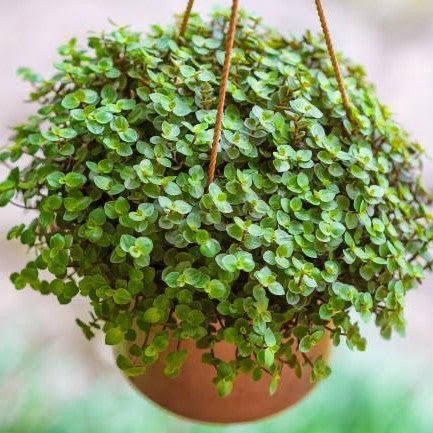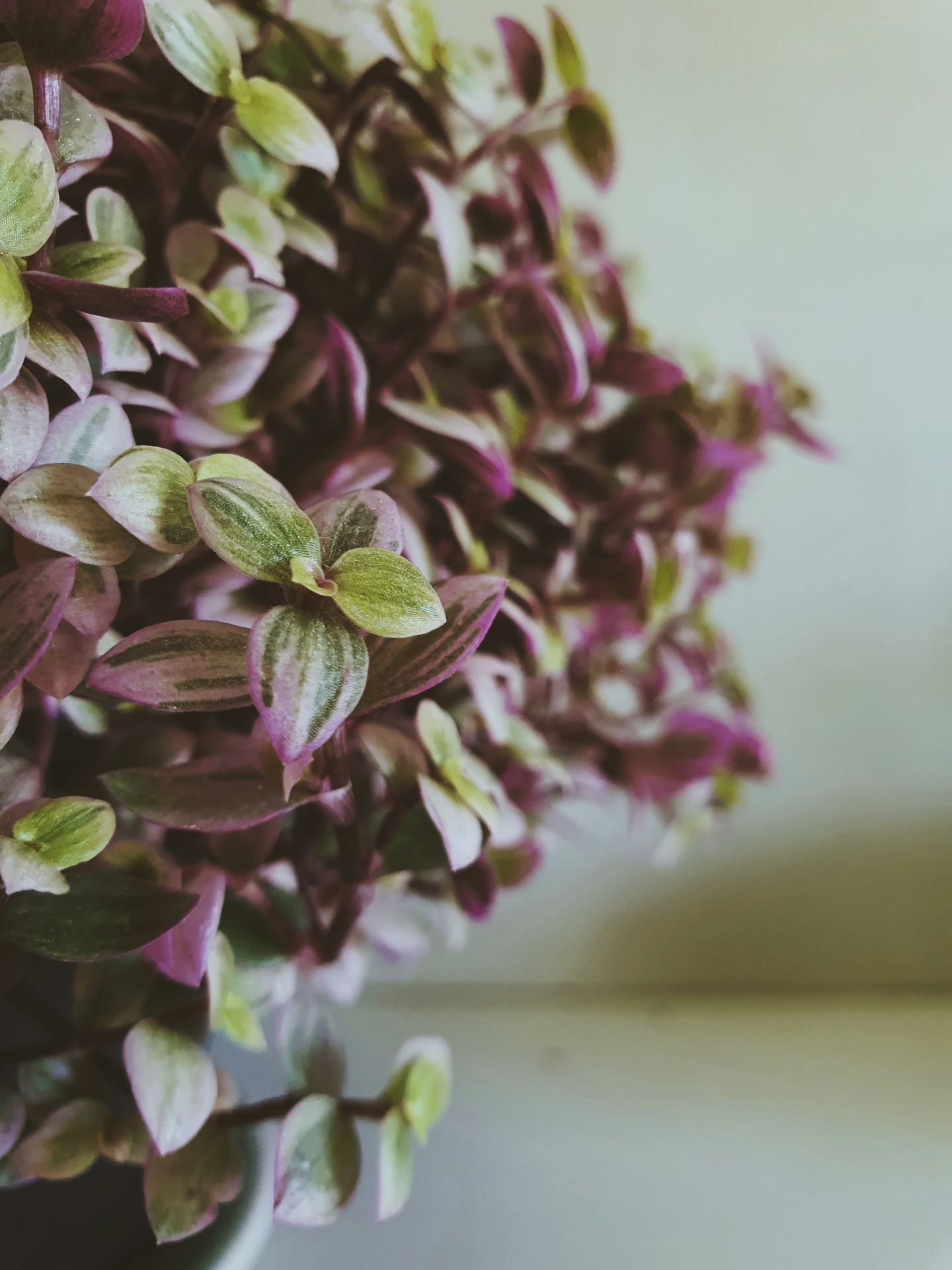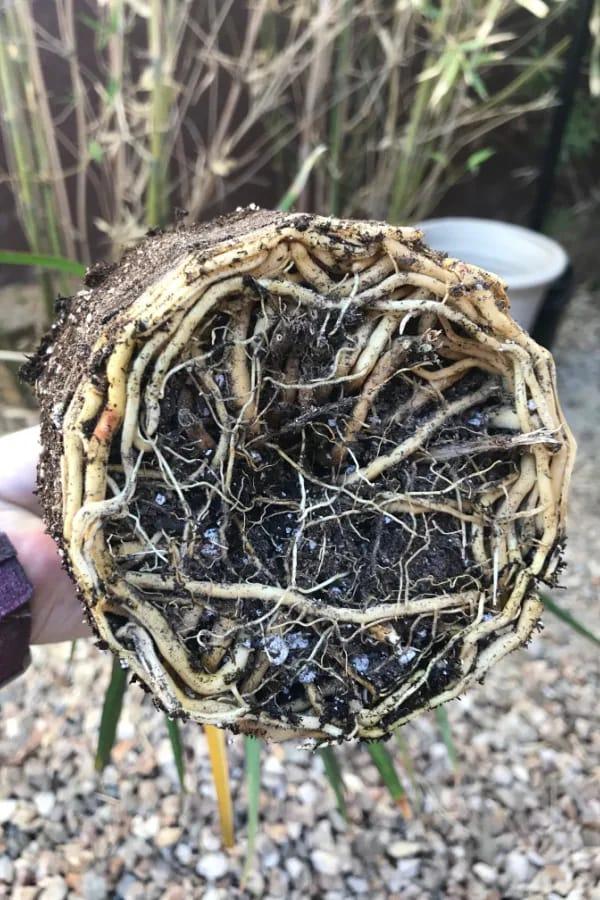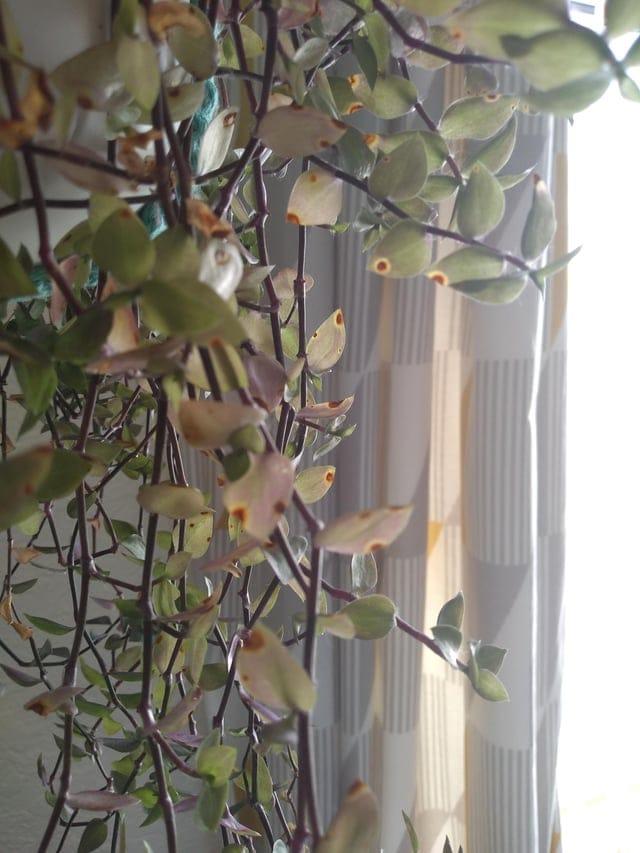Turtle vine hanging Plant
Turtle Vine (Callisia repens), also known as Turtle Plant, is a trailing succulent often grown in hanging baskets. Plant in well-draining soil and provide bright, indirect light. Allow the soil to partially dry between waterings. Pruning can be done to control the length and promote a fuller appearance.
Habit
Perennial
Height
0.2 to 0.3 kg
Growth
Well-drained, Sandy Loam
Soil
Well Drained, moist
Shade
Medium to low light
Moisture
Moist
Edible
No
Medicinal
No
Origin
South America
Climatic Condition
Tropical, Subtropical
Temperature (°)
20°C to 30°C
Humidity (%)
60% to 80%
Potting media
50% Loam, 40% Sand, 10% Compost
Fertilizers
Organic Fertilizer
Watering
Regular watering
Plant Weight
0.2 to 0.3 kg
Flowering Time
Spring to Summer
Soil Ph level
6.0 to 7.5
Water Ph level
6.0 to 7.5
Soil EC
0.5 to 1.0 mS/cm
Yield Per Plant
1 to 2 kg per plant
NPK ratio
5:10:10
life Span
1 to 2 years
Health Benefits
Ornamental, Medicinal
Suggested Grow Media or Potting Mix ?
50% perlite, 30% potting soil, 20% coarse sand
Suggested Fertigation/Fertilizers
Fertilize every 4-6 weeks with a balanced, water-soluble fertilizer.
Common Diseases and Remedies
Leaf spot , Botrytis , Powdery mildew , Root rot.
Roots get mushy and smelly , Necrotic spots appear on the leaf, White powder appears on the upper side of the leaf.
Avoid over watering and Remove the effected part.
Thiram or benomyl , chlorothalonil, ferbam, and mancozeb . Cinnamon fungicide can be sprayed 2-3 applications in 15days interval.
HEALTH BENEFITS
1. May help reduce inflammation: Turtle vine's antioxidants and other compounds may help reduce inflammation and improve overall health.
2. May have antimicrobial properties: Turtle vine may have antimicrobial properties that can help prevent infections.
3. May help improve skin health: Turtle vine's antioxidants and other compounds may also help improve skin health.
What Is An Turtle Vine Hanging Tree?
The Turtle Plant, otherwise called Callisia repens or the Turtle Wine, is a beguiling following plant with little, prolonged leaves that look like turtle shells, thus its generally expected name. This low-support plant is local to Mexico and Focal America and has a place with the Commelinaceae family. It is valued for its lavish, flowing foliage and its capacity to flourish in various circumstances.

What Are The Different Types Of Turtle vine Plants?
1. Callisia repens
This is the most well-known plant alluded to as Turtle Plant or Turtle Wine. It has little, turtle shell-like leaves and is much of the time utilized as a following plant in hanging crates or as ground cover.
2. Tradescantia zebrina
While not regularly called Turtle Plant, this plant is in some cases mistook for Callisia repens. It has comparative following propensities and is known for its striking purple and silver-striped leaves.
3. Callisia fragrans
Otherwise called the Bushel Plant or Chain Plant, this types of Callisia has comparable development propensities to Callisia repens however with bigger, more prolonged leaves.
4. Peperomia prostrata
This plant, usually known as Series of Turtles, includes little, round leaves with multifaceted examples that look like turtle shells. A sluggish developing plant looks shocking in a hanging bin or following over a rack.

How to Care Turtle vine Plant ?
1. Location
The Turtle Plant (Callisia repens) favors brilliant, circuitous light however can endure lower light circumstances. It is ideal to put it close to a window where it can get separated daylight or where it gets brilliant, backhanded light for a large portion of the day.
2. sunshine
Turtle Plant (Callisia repens) lean towards brilliant, aberrant daylight. It can endure some immediate daylight, particularly toward the beginning of the day or late evening when the sun is less extraordinary. Notwithstanding, delayed openness to coordinate daylight can singe its leaves.
3. Soil
Turtle Plant (Callisia repens) flourishes in well-depleting soil that is wealthy in natural matter. A decent preparing blend for Turtle Plant can be made by consolidating equivalent pieces of peat greenery, perlite, and coarse sand or a business preparing blend formed for indoor plants.
4. Hydration
Turtle Plant (Callisia repens) likes to be kept equally damp yet not waterlogged. Water the plant when the top inch of the dirt feels dry to the touch, ordinarily every 1 fourteen days relying upon the temperature and moistness levels in your current circumstance.
5. Nourishment
Turtle Plant (Callisia repens) benefits from standard taking care of during the developing season to help sound development and foliage. You can utilize a decent fluid manure weakened to half strength, applied each 4 a month and a half. It's fundamental not to over-treat, as this can prompt compost consume or supplement work in the dirt. Continuously adhere to the directions on the compost mark and flush the dirt with water periodically to forestall salt gathering.

6. Issues
1. *Overwatering:* One of the most widely recognized issues with Turtle Plant is overwatering, which can prompt root decay. Permit the top inch of soil to dry out among waterings and guarantee the pot has legitimate waste.
2. *Underwatering:* While Turtle Plant favors equally damp soil, it additionally could do without to be kept excessively dry. Try to water the plant when the top inch of soil feels dry to the touch.
1. *Aesthetic appeal:* Turtle Plant is valued for its appealing, following development propensity and little, turtle shell-like leaves, adding a novel and beguiling touch to any space.
2. *Easy care:* This plant is somewhat low-upkeep, making it ideal for fledgling landscapers or those with occupied plans. It endures various light circumstances and requires just intermittent watering.
3. *Versatility:* Turtle Plant can be filled in hanging containers, pots, or as ground cover, making it a flexible plant reasonable for an assortment of nursery settings.

FAQs About Growing Turtle vine
1. How to keep up with turtle wine hanging plant?
Spot your Turtle Plant where it gets brilliant, circuitous daylight. It can endure some immediate daylight, particularly in the first part of the day or late evening, yet stay away from delayed openness to extreme daylight, as this can burn the leaves.
2. what are the uses of turtle wine hanging plant?
The trailing, turtle shell-like leaves of Turtle Vine add a unique and charming touch to indoor and outdoor spaces, making it a popular choice for hanging baskets, pots, or as ground cover.
3. can I grow turtle wine hanging plant indoor?
Place your Turtle Vine in a location where it receives bright, indirect sunlight. A windowsill with filtered sunlight or a few feet away from a window where it can still get plenty of light is ideal. Avoid placing it in direct sunlight, as this can scorch the leaves.
4. which pot is best for turtle wine hanging plant?
Choose a pot that is 1-2 inches larger in diameter than the plant's current pot. Avoid pots that are too large, as this can lead to overwatering and root rot.
5. from where can I shop turtle wine hanging plant?
Visit local plant nurseries or garden centers in your area. They often carry a variety of houseplants, including Turtle Vine.

